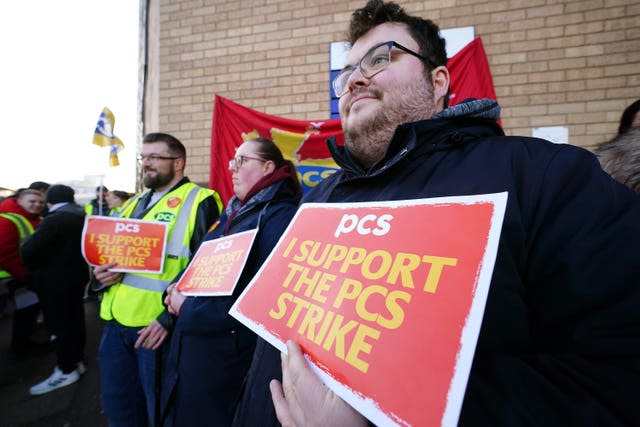UK
Clean energy start-up Xlinks wins Abu Dhabi backing for £18bn projectSky News
Mon, 3 April 2023

An Abu Dhabi-listed energy company is in advanced talks to provide financial backing to Xlinks, a British-based startup hoping to build the world's longest undersea cable to help meet future UK energy needs.
Sky News has learnt that Taqa, which has operations spanning oil and gas, water and carbon capture and storage, is negotiating the purchase of a significant stake in the prospective £18bn project.
Sources said that an agreement could be struck within weeks as part of development capital fundraising which Xlinks is close to finalising.
In total, the British company is expected to raise more than £30m of new funding in its latest round.
Octopus Energy, the group which has become one of Britain's biggest residential gas and electricity suppliers, is also thought to be participating.
Xlinks wants to construct a 3,800km cable between Morocco and the UK that could transmit enough electricity to power more than seven million British homes.
It would involve a large-scale onshore wind, solar and battery electricity generation site in the north African country supplying power exclusively to the UK energy grid.
The project, which is expected to cost £18bn to fund, received a significant boost last week when it was named by the government as a project of interest in its energy blueprint, Powering Up Britain.
'Vital national interest'
"The UK's energy security is a vital national interest: so too, however, is the urgent need to stick to the government's 2035 net zero electricity system target and avoid short-term thinking that may derail the transition to clean, abundant sources of energy," Simon Morrish, Xlinks chief executive, said last week.
"We welcome the government's determination to work with Xlinks to implement our renewable energy venture.
"This first of its kind Xlinks Morocco-UK Power Project will meet up to 8% of the UK's electricity demand with renewable energy, reducing consumer bills and adding to security of supply in the process."
'Frustratingly slow' talks with Whitehall
The government's support comes five months after Sir Dave Lewis, the former Tesco chief executive, complained of "frustratingly slow" talks with Whitehall about providing support to the project.
Xlinks' ambitious proposals to transport energy from the Sahara to Devon via a subsea cable represents a mammoth engineering assignment.
The development funding will fuel the technical aspects of Xlinks' work, with the ambition of the link running at full capacity by the end of the decade.
The company has assembled an impressive board which also includes Sir Ian Davis, the former Rolls Royce Holdings chairman, as a non-executive director.
It will need to advance plans to secure the billions of pounds of financing required to construct vast facilities in Morocco as well as UK factories that would manufacture the necessary subsea cable.
'One of the most sophisticated British energy projects ever conceived'
Manufacturing sites in Hunterston, Scotland - where a nuclear power plant is being decommissioned - on Teesside and at Port Talbot in Wales have been secured and are under development.
The cable manufacturing operations will be overseen by XLCC, which will have separate funding arrangements from Xlinks.
Xlinks intends to raise a combination of debt and equity to fund one of the most sophisticated British energy projects ever conceived.
The company was founded by Mr Morrish, a former winner of the accountancy firm EY's entrepreneur of the year award.
Xlinks believes its £18bn blueprint will be attractive to investors for a number of reasons, not least because of the scale of the clean energy it would deliver that would make a significant contribution to Britain's transition to net zero emissions.
'Low geopolitical risk'
Sir Dave has previously said that a crucial factor would be Xlinks' low geopolitical risk because of Britain's centuries-old trading relationship with Morocco and the north African country's ambitions of growing the energy sector as a share of its exports.
The company also says it will be able to deliver energy at £48-per-megawatt hour, below the government's own forecasts and therefore generating long-term savings for consumers.
It is also significantly cheaper at that level than the nuclear energy due to be generated by a new fleet of power stations being built in the UK in the coming decades.
Xlinks has not been seeking direct government funding, but is in talks with officials about settling on a predictable price that a Contract for Difference mechanism would provide.
Octopus Energy struck a financial and strategic partnership with Xlinks last year.
An Xlinks spokesman said the company did not comment on "market rumour or speculation".













